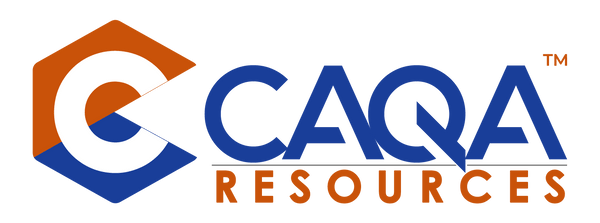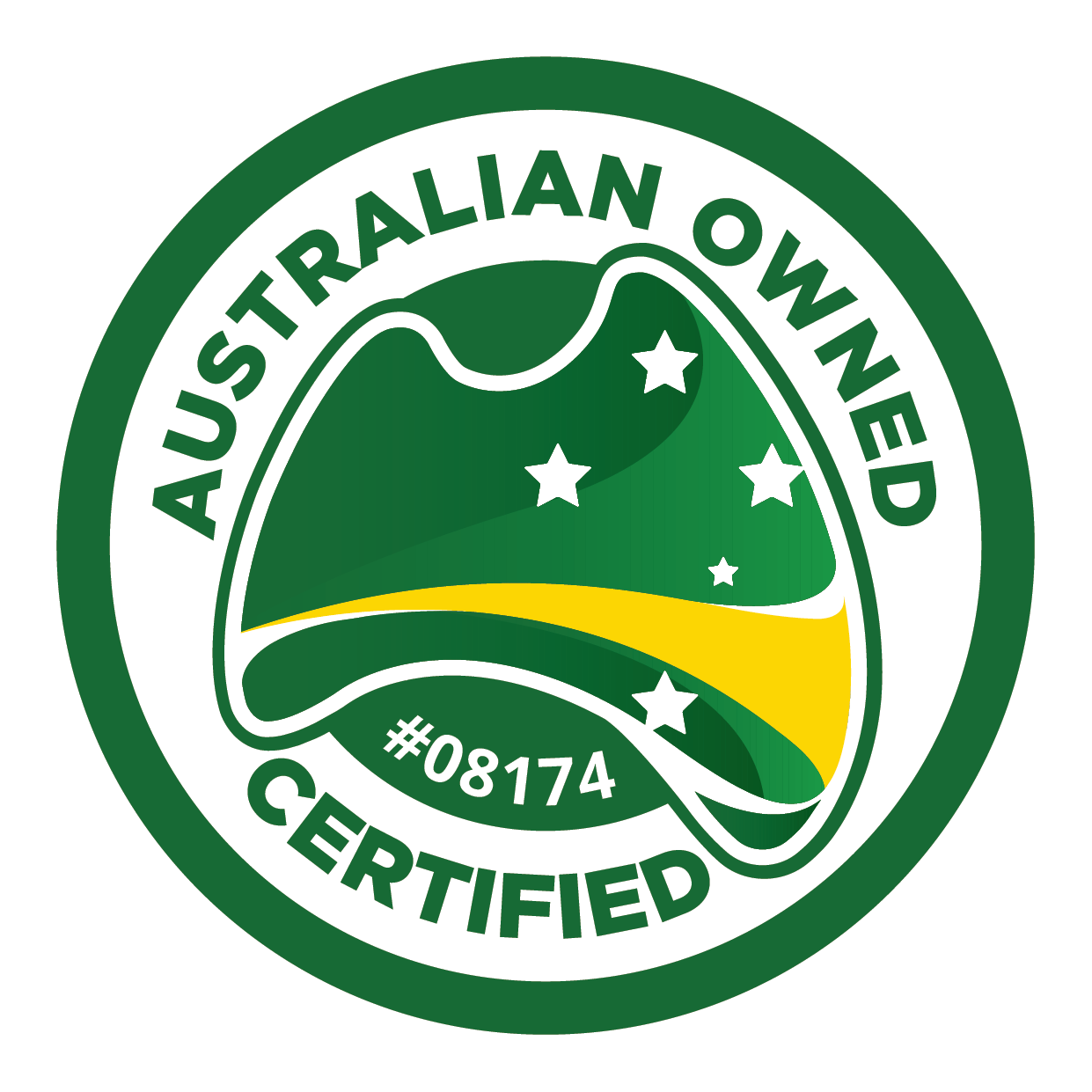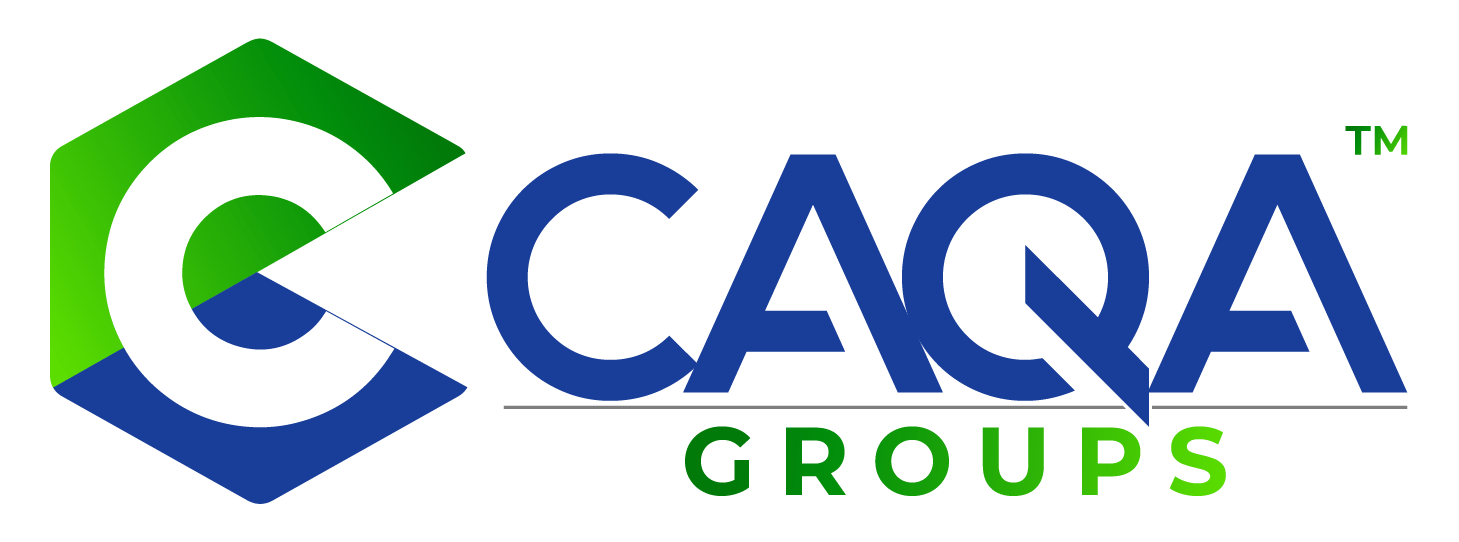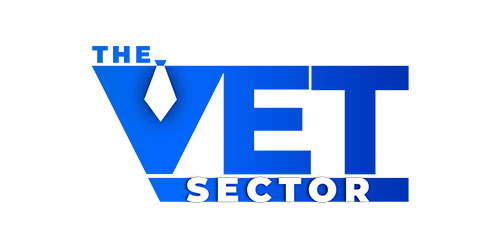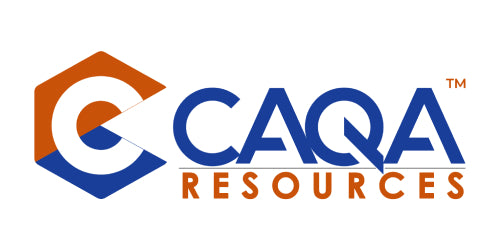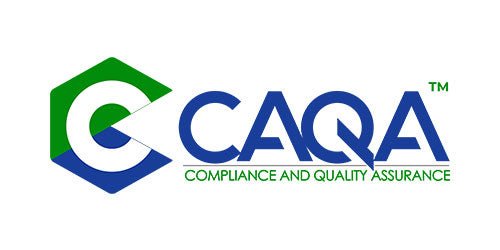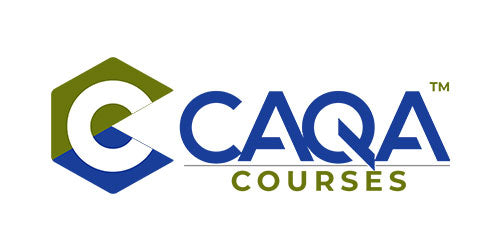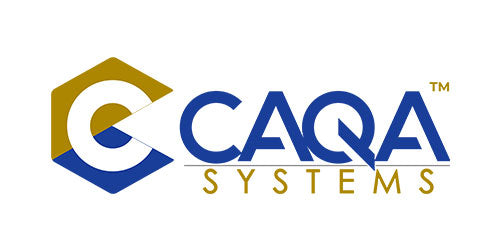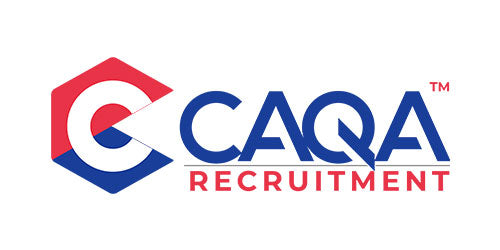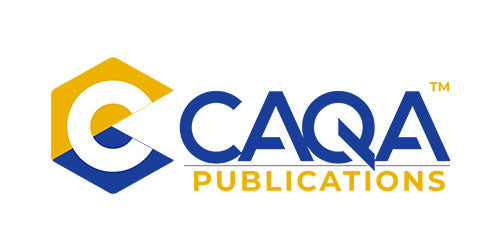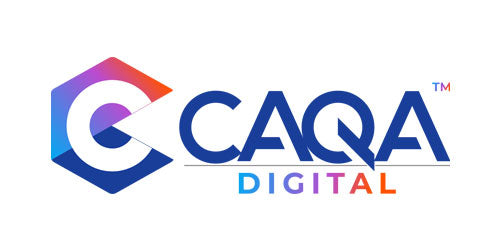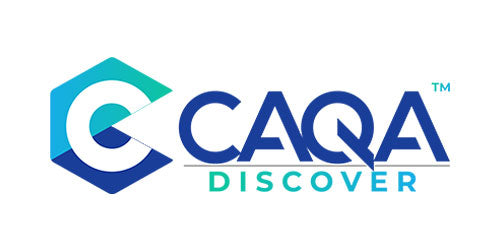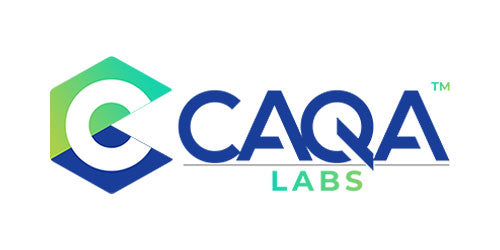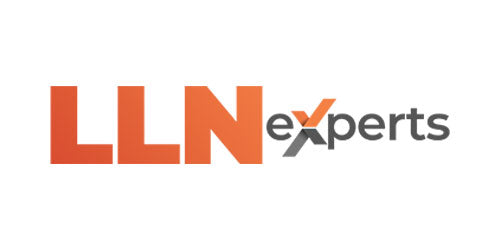In this second part of our series on Training and Assessment Strategies (TAS), we will explore the importance of tailoring these strategies to different learner cohorts and delve into the various types of learner cohorts that Registered Training Organisations (RTOs) may encounter.
Can a training and assessment strategy be used for different learner cohorts?
The short answer is "no." Regulatory requirements mandate that training providers employ suitable and effective training and assessment practices after evaluating and assessing each learner's needs. While learners can be categorised into separate cohorts based on their preferences, needs, and requirements, a unique learning and assessment strategy must be designed for each cohort.
Irrespective of any comments made by individuals, it has been observed in nearly all audits involving regulatory bodies that there is a strong emphasis on requesting cohort-specific strategies. The audits consistently reject strategies that lack the in-depth details necessary to address all criteria, parameters, and requirements associated with the various cohorts of the training organisation.
By categorising learners into smaller groups based on specific criteria, RTOs can offer a learning experience tailored to each cohort's needs. This can involve separating discussion topics by cohorts to facilitate communication within each group and designing course materials, assessments, and training resources that cater to each cohort's individual learning and training needs.
Several regulatory guidelines in the Standards for RTOs 2015 support this approach:
Clause 1.1: The RTO's training and assessment strategies and practices, including the amount of training provided, must be consistent with the requirements of training packages and VET-accredited courses and enable each learner to meet the requirements for each unit of competency or module in which they are enrolled.
Clause 1.2: The RTO must determine the amount of training provided to each learner, taking into account their existing skills, knowledge, and experience, the mode of delivery, and the proportion of the full qualification being delivered.
Clause 1.3: The RTO must have sufficient trainers, assessors, educational and support services, learning resources, facilities, and equipment to accommodate and support the number of learners undertaking the training and assessment, consistent with its scope of registration and training and assessment strategies.
Clause 1.4: The RTO must meet all requirements specified in the relevant training package or VET-accredited course.
Clause 2.2: The RTO must systematically monitor and evaluate its training and assessment strategies and practices to ensure ongoing compliance with Standard 1 and continually improve them based on evaluation information, including quality/performance indicator data, validation outcomes, client trainer and assessor feedback, and complaints and appeals.
Let's consider some practical examples to understand this concept better:
Example 1: Training Delivery Modes
An RTO offering training through various delivery modes, such as online, workplace, distance, classroom, or blended, cannot use the same strategies, resources, equipment, and materials for all modes. Online learners may require access to a learning management system, discussion forums, interactive training sessions, and online meetings, while classroom learners may need face-to-face interactions with trainers, set times and locations for training activities, physical distancing, and different equipment and materials. A single strategy cannot meet the requirements of these distinct learner cohorts.
Example 2: Prerequisite Learning and Assessment Criteria
Some courses require learners to have adequate knowledge, skills, and understanding before enrollment. The training product, regulatory bodies, or RTO can set these fundamental requirements. Learners who meet these criteria can commence training immediately, while those who do not must complete prerequisites first. This necessitates two separate training programs: one for learners who meet the admission criteria and another for those who need to complete prerequisites, such as improving English proficiency skills or completing hands-on employment training or work experience for a certain period.
Example 3: Learner Experience and Background
A TAS developed for mature students with substantial industry experience may include a shorter delivery timeframe and assessment methods that utilise their prior experience and workplace application. However, if the RTO's new learner cohort has little to no experience, this TAS will not be fit for purpose. Variations must be recorded through a customised or new TAS, as no one-size-fits-all template exists.
What are the different learner cohorts?
Learner cohorts can be based on various factors, including:
- Training and assessment delivery location (online, classroom, workplace, blended)
- Required facilities, equipment, materials, support services, and resources
- Identified skill gaps or expected prerequisite knowledge, skills, and work experience
- Course duration, timings, and arrangements
- Course entry and exit requirements
- English language proficiency requirements
- Individual learner support needs
- Disability, demographics, degree, dialect, and differences
- Aboriginal or Torres Strait Islander background, first in family to attend university, non-English speaking background
- Multicultural background, mindset, motivation, and morals
- Learners' employment status
- Reason for enrolling in the course
- Relevant industry and work experience in the specific stream
- Course delivery structure and sequence
- Recognition of prior learning and current competencies
- Other possible variations for learners with different learning and assessment needs
This list is not exhaustive but serves as a reference for the diverse range of learner cohorts an RTO may encounter.


